The Heart of the Balkans: Understanding Kosovo’s Historical Legacy
Nestled in the heart of the Balkans, Kosovo remains a focal point of historical significance, cultural diversity, and political complexity. With a tapestry of influences woven through centuries of migration, conflict, and cooperation, Kosovo stands as a unique testament to the region’s intricate past. This article delves into the historical legacy of Kosovo and explores how its tumultuous journey has shaped its identity today.
Ancient Roots and Medieval Flourishing
Kosovo’s history stretches back to ancient times, with its earliest inhabitants residing in the vicinity since the Neolithic era. The region was later inhabited by Illyrians, known for their warrior prowess and tribal societies. By the Roman period, Kosovo emerged as a significant area within the Roman Empire, showcasing a blend of various cultures and traditions.
The medieval era marks a crucial chapter in Kosovo’s historical legacy. The 12th and 14th centuries witnessed the establishment of the Serbian Empire, with Kosovo playing a vital role in its development. A series of pivotal battles, including the famous Battle of Kosovo in 1389, solidified the region’s importance in Serbian history. This battle, which pitted a Serbian army against the Ottoman Turks, is often viewed as a symbol of resistance and national identity for Serbs.
Following the Ottoman conquest, Kosovo became part of a vast empire that controlled the Balkans for centuries. The Ottomans implemented a system that encouraged religious and cultural pluralism, allowing Albanians, Serbs, and other ethnicities to coexist—albeit often uneasily—within the province.
The 20th Century: Turmoil and Transformation
The early 20th century brought immense upheaval to Kosovo. Following the Balkan Wars (1912-1913), Kosovo was integrated into the Kingdom of Serbia. World War I caused further disruption, and upon its conclusion, Kosovo found itself under various administrations, including a stint in Yugoslavia.
The interwar period witnessed significant socio-economic transformation, but ethnic tensions simmered beneath the surface. The establishment of socialist Yugoslavia after World War II, under the leadership of Josip Broz Tito, offered a semblance of stability while accommodating different national identities. However, tensions between ethnic Albanian and Serb populations persisted, characterized by sporadic conflicts and political struggles.
The disintegration of Yugoslavia in the late 20th century catapulted Kosovo into the global spotlight. Ethnic strife erupted, culminating in the Kosovo War of 1998-1999, as Kosovo Albanians sought independence from Serbian rule. The conflict attracted international intervention, with NATO launching a bombing campaign against Serbian forces—an event that would forever alter Kosovo’s fate.
A Fragile Independence
In 2008, Kosovo declared independence, a move that was met with joy by many Albanians in the region and was recognized by over 100 countries, including the United States and a majority of European Union member states. However, Serbia and several other nations, including Russia and China, continue to oppose Kosovo’s sovereignty. This geopolitical divide has rendered Kosovo’s status a subject of contentious debate on the world stage.
Since then, Kosovo’s journey as an independent state has been marked by challenges and hope. The young nation grapples with issues such as economic development, governance, and reconciliation among its diverse population, keenly aware of its complex past. Efforts towards nation-building involve fostering ethnic harmony between Serbs, Albanians, and other minorities, as well as strengthening democratic institutions.
Cultural and Ethnic Diversity
Kosovo’s cultural landscape is rich and multifaceted, reflecting its historical legacy. Pristina, the capital, is a vibrant hub where ancient heritage meets modern influences, filled with architecture, museums, and public spaces that symbolize Kosovo’s pluralistic spirit. UNESCO-listed historical sites, like the medieval monuments in the town of Peja and the Ottoman-era Gjakova, highlight the region’s diverse history.
Additionally, the coexistence of various ethnic communities contributes to Kosovo’s unique cultural identity. Despite lingering tensions and conflicts, many citizens understand the value of dialogue, cultural exchange, and collaboration to foster a peaceful and prosperous future.
Conclusion: A Legacy Moving Forward
Kosovo’s historical legacy serves as both a reminder of its complex past and a beacon for its potential future. As the nation navigates the path of statehood, it must reconcile its history with its ambitions, striving for unity, progress, and recognition on the global stage. The resilience of its people, their rich cultural heritage, and the lessons learned from their history will undoubtedly play a crucial role in shaping the next chapter of Kosovo’s journey—the heart of the Balkans, pulsing with promise amid the echoes of history.
For further reading and sources, see [modern_footnote_source_link].

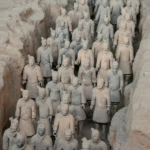













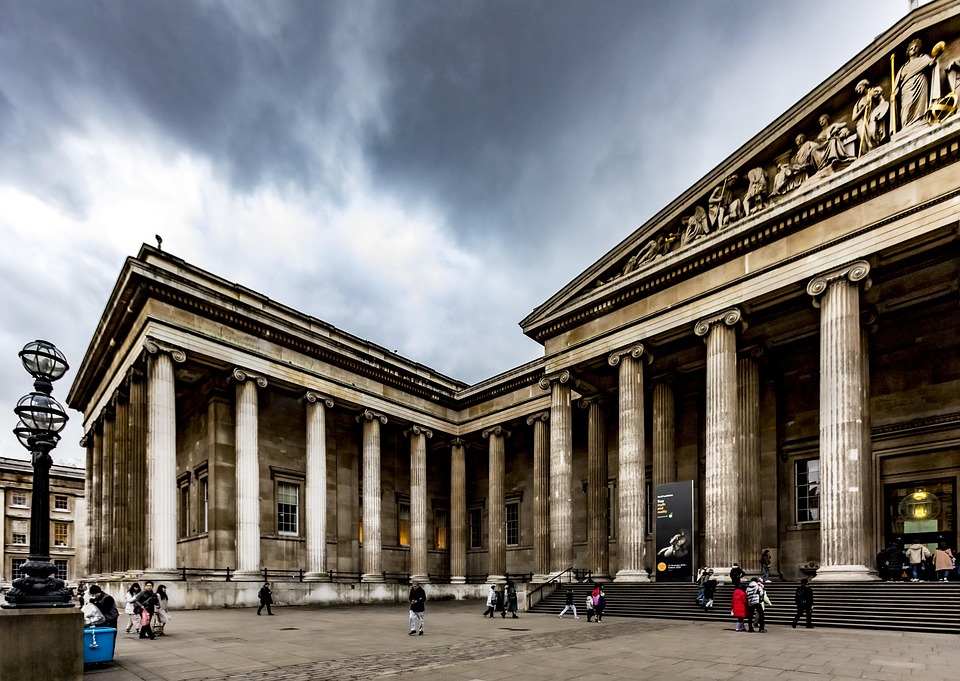
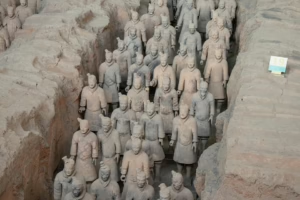

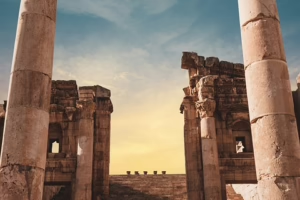
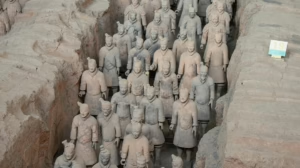






Add Comment